ABOUT THE ORDER - Meaning
Basic
The order embodied in its meaning,
(a) the duty and the inflexibility of the Omukama Chwa II. Kabalega and Saint Thomas More.
(b) the duty and the inflexibility as a responsible person, Ruler or Politician for the resources entrusted people and their well-being.
(c) the duty and the inflexibility of the honoured people for the use for the realization of his humanity goals.
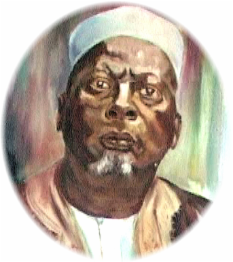
Omukama Chwa II. Kabalega
Chwa II Kabalega, (*18 June 1853 - + 06 April 1923, Jinja) was the Omukama of Bunyoro from 1869 to 1898. He spent most of his life in Mparo. Bunyoro under Kabalega continued to fend off attempts by Egyptian Equatoria under Emin Pasha to incorporate the region.
Shortly after coming to power, Kabalega attacked Toro. In 1873 he lost his throne but regained it the same year. After the United Kingdom declared the Uganda Protectorate, Kabalega spent most of the 1890s fighting against British-Baganda forces, but was defeated in 3 April 1898.
On 9 April 1899 he was arrested by British forces and sent into exile in Seychelles. His son Kitahimbwa was appointed chief, but had little power as the kingdom was administered nearly directly by the colonial authority. In 1923, Kabarega was given permission to return to Bunyoro but died in Jinja, shortly before reaching the borders of the kingdom.
On 08 June 2009 he was declared by President Museveni to National Hero of the Republic of Uganda!
Omukama Chwa II. Kabalega is a symbol of duty and the inflexibility against Invaders and he was declared to a National Hero of the Republic of Uganda.
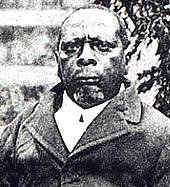
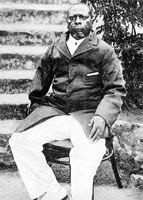
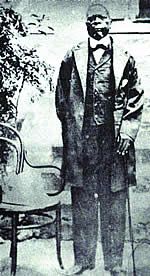
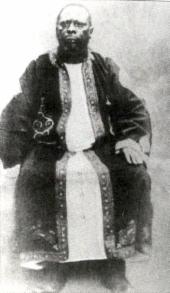
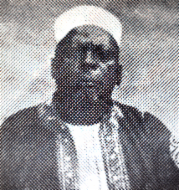
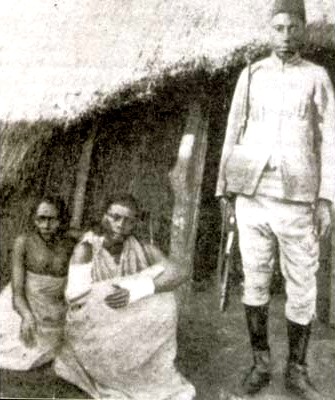
The deposed King of Bunyoro Omukama Kabalega Chwa II in custody of Semei Kakungulu after being captured in 1899
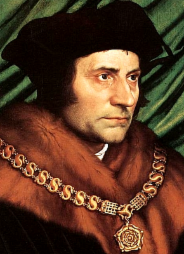
Saint Thomas More
Sir Thomas More (February 7, 1478 – July 6, 1535), also known as Saint Thomas More, was an English lawyer, scholar, author, and statesman. He is also recognised as a saint within the Catholic Church. During his life he gained a reputation as a leading Renaissance humanist, an opponent of the Protestant Reformation of Martin Luther and wrote long treatises opposing William Tyndale and others who wished to see the Bible translated into the English language. For three years toward the end of his life he was Lord Chancellor.
More was beatified by Pope Leo XIII in 1886 and canonised, with John Fisher, on 19 May 1935 by Pope Pius XI. His name was added to the Roman Catholic calendar of saints in 1970 for celebration on 22 June jointly with Fisher, the only remaining Bishop (owing to the coincident natural deaths of eight aged bishops) who, during the English Reformation, maintained, at the King's mercy, allegiance to the Pope. In 2000, Pope John Paul II declared More the "heavenly patron of statesmen and politicians". In 1980, More was added to the Anglican calendar of Saints and Heroes of the Christian Church, jointly with John Fisher, More is commemorated on 6 July.
The skull is believed to rest in the Roper Vault of St. Dunstan's Church, Canterbury, though some researchers have claimed it might be within the tomb he erected for himself in Chelsea Old Church. The evidence, however, seems to be in favour of its placement in St. Dunstan's, with the remains of his daughter, Margaret Roper, and her husband's family, whose vault it was. Margaret would have treasured this relic of her adored father, and legend is that she wished to be buried herself with his head in her arms.
Saint Thomas More is a symbol of duty and the inflexibility against Injustice.